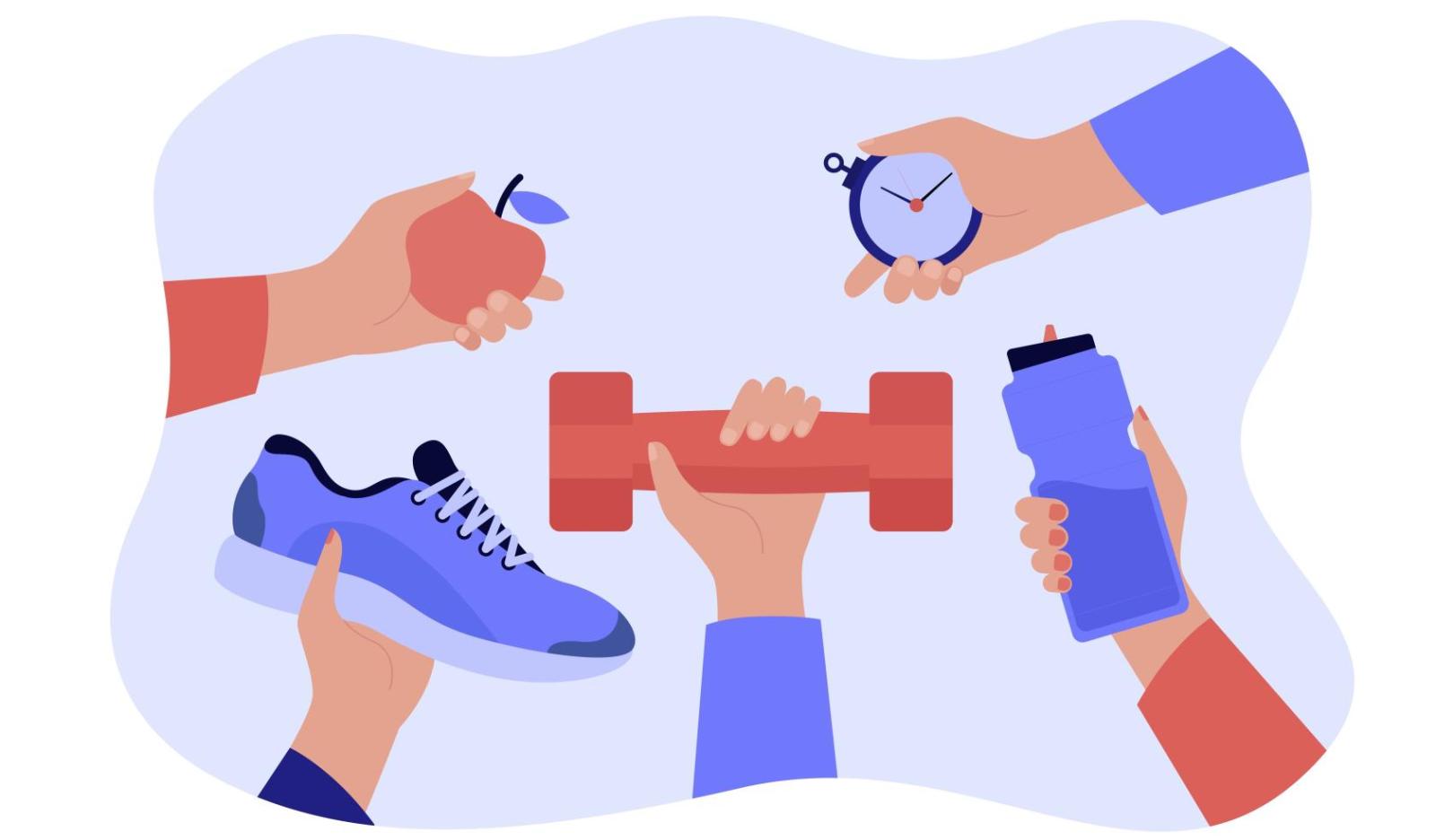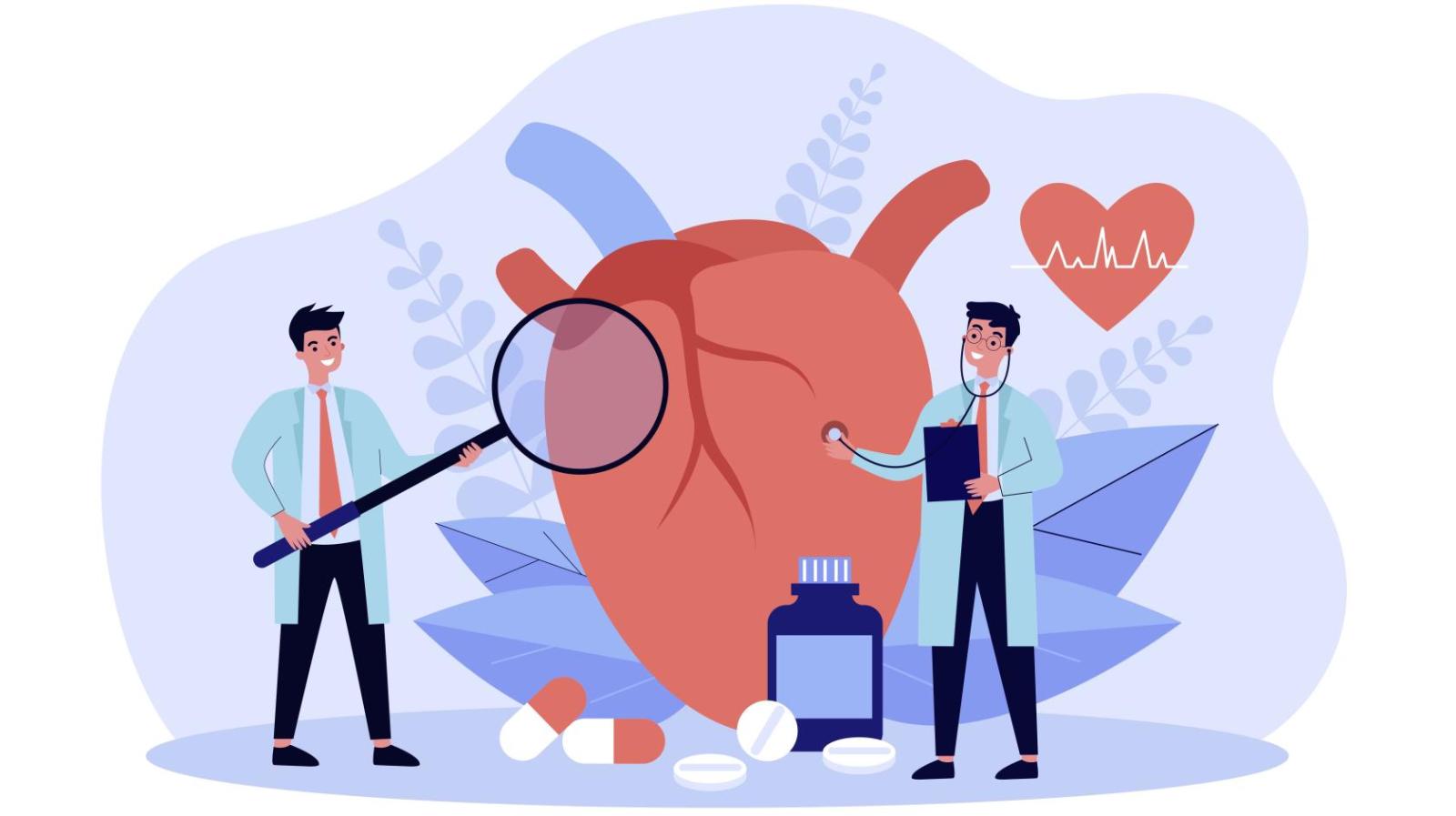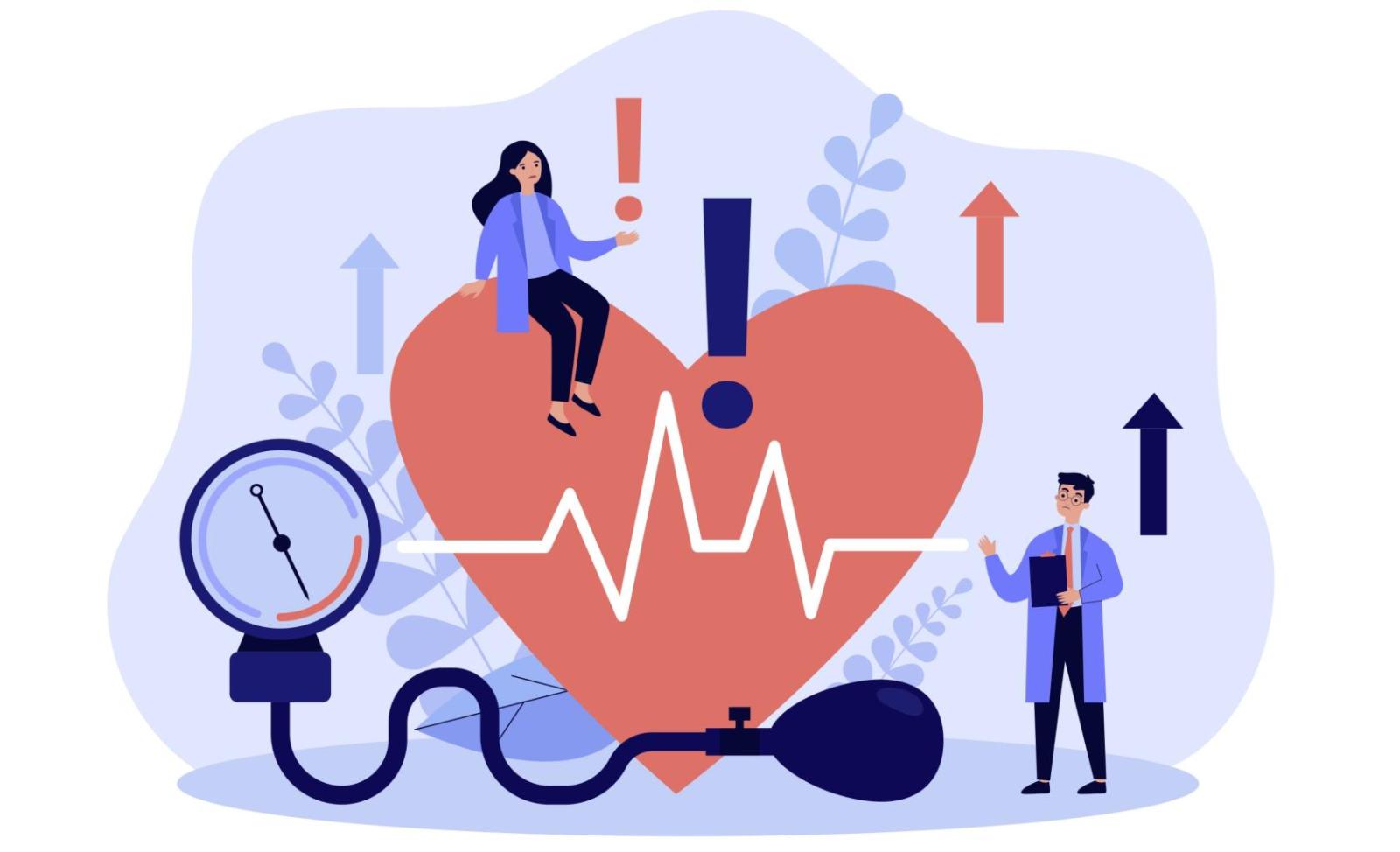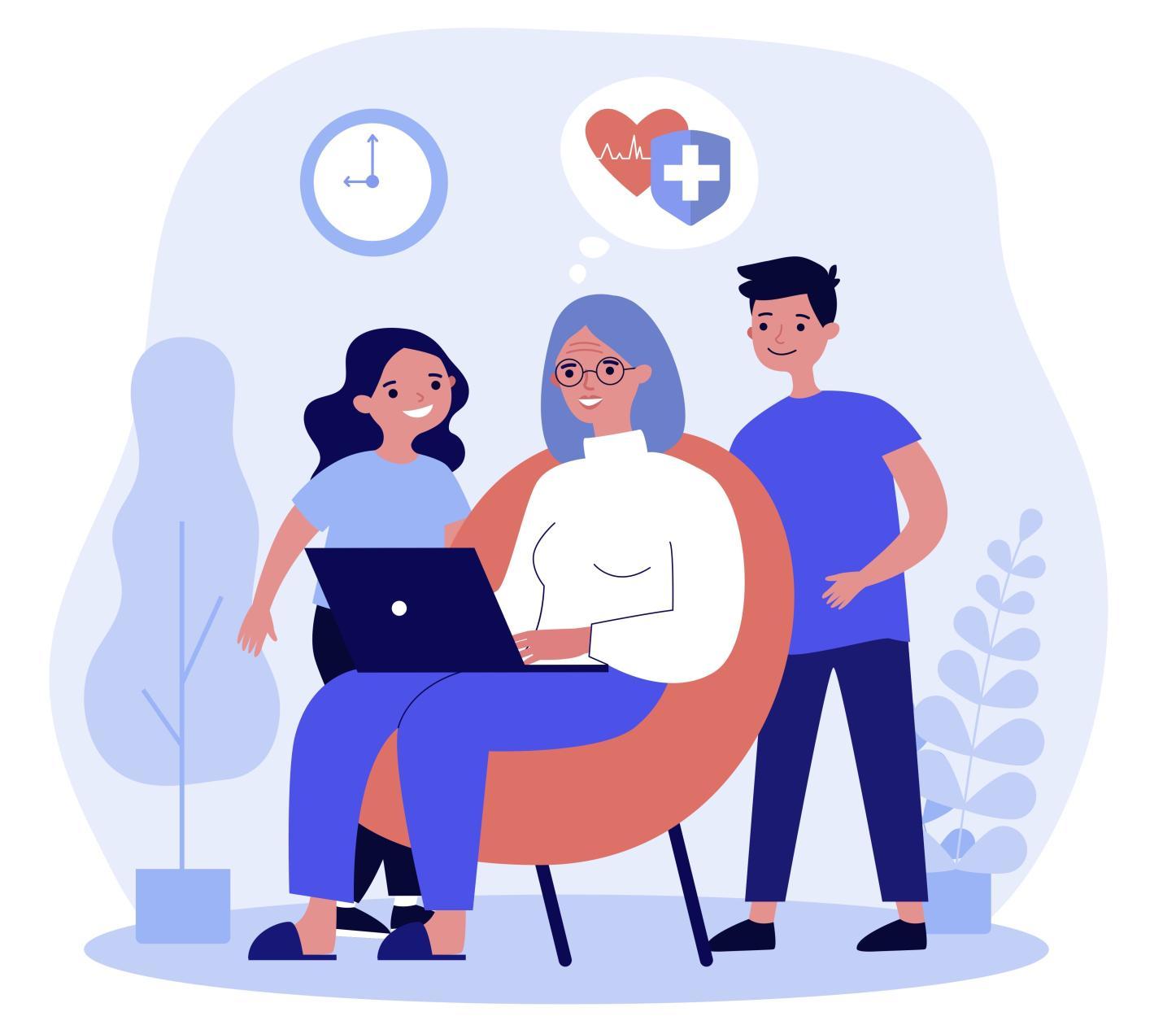We tend to think that heart health concerns are reserved for older adults, but according to one Columbia cardiologist, that couldn't be further from the truth. "Heart disease is not just a disease of the elderly," says Marc S. Eisenberg, MD, associate professor of medicine at Columbia University Vagelos College of Physicians and Surgeons and an attending physician at Columbia University Irving Medical Center/NewYork-Presbyterian.
"In the past, we might have catered our advice to older patients, but that's really an outdated way of thinking about it," he says. "Today's philosophy is to be more proactive than ever when it comes to heart health."
In observation of American Heart Month, Eisenberg offers these essential tips for a healthy heart at any age.
1. Smoking Cessation is Paramount
"This is simple: Do not smoke. Do not start," Eisenberg says. "And if you already have started smoking, talk to your doctor about quitting as soon as possible."
According to the American Heart Association, almost one-third of deaths from coronary heart disease are due to smoking and secondhand smoke. And the risk isn't limited to cigarettes; vaping and marijuana have harmful effects on the heart as well, Eisenberg adds. "Anything that you are inhaling into your lungs, whether it be tobacco, e-cigarette smoke, or marijuana, will adversely affect your lungs and heart."

Simply put, quitting smoking is the best thing you can do for your heart right now. The U.S. Food and Drug Administration advises that quitting has immediate and long-term benefits:
- 20 minutes after you quit smoking, your heart rate and blood pressure drop to normal levels.
- 12 hours after quitting, carbon monoxide levels in your blood drop to normal, allowing more oxygen to get to your heart.
- Within four years of your last cigarette, your risk of stroke drops to that of someone who has never smoked.
"We truly cannot exaggerate the importance of not smoking," Eisenberg says. "It is a humongous risk factor for heart disease and stroke-and for erection problems, too, by the way."
2. Diet and Exercise are Crucial-Even for Younger People
"Your blood pressure, cholesterol, blood sugar, sedentary lifestyle-these are issues that compound over time," says Eisenberg. "You're never too young to start looking at your personal risk factors and modify your lifestyle for the better."

The American Heart Association recommends that adults aim for at least 150 minutes of moderate physical activity (like brisk walking, dancing, or gardening) or 75 minutes of vigorous physical activity (like running, swimming, or cycling) per week. A combination of both will serve you well, too, and it's best to spread your physical activity throughout the week.
Eisenberg recommends starting with a goal, like 30 minutes of fast walking five days per week, and pairing your exercise with a diet rich in fruits, vegetables, whole grains, and lean protein. Try to limit sodium, sugary sweets, and red meat to help manage your blood pressure and blood sugar while lowering your risk of heart attack, stroke, or other heart complications.
And that advice doesn't apply just to older adults. While the risk of cardiovascular disease will increase considerably with age, forming good habits early is more important than ever, Eisenberg says.
"Cardiovascular intervention in the teen years is no longer unheard of," he says. "Childhood obesity is on the rise, the quality of our diets is suffering, and especially with COVID, people are not moving as much. Even as early as your teens, there are things that you can do to be more proactive when it comes to keeping your cardiovascular risk factors in check."
3. Prevention is Key, and Regular Check-Ups Can Be Lifesaving
How often you check in with your doctor will depend on your age, but regular visits are important at any age.
- Under 50: "People in their teens and 20s may only need to see their doctor once a year, or even less, to get their blood checked and undergo a physical," Eisenberg says. "As you enter your 30s and 40s, an annual visit becomes much more important."
- 50s and 60s: Risk increases with age, so regular monitoring of cholesterol and blood sugar levels becomes more important in your 50s and 60s. "At this age, seeing your doctor every few months may be appropriate, especially if you're on medications," Eisenberg says. Having multiple risk factors, such as smoking or a family history of heart disease, will impact the frequency of visits and the types of tests your doctor may want to order.
- 70s and up: For older adults, electrocardiograms, which measure electric signals in the heart, may be part of annual testing. If you experience such symptoms as shortness of breath, exertional chest pain, or dizziness, your doctor may also want to conduct a stress test.

If you're over the age of 40, you can do your part at home by monitoring your risk with a cardiovascular risk calculator.
"With this tool, you can punch in factors like your blood pressure and reliably estimate your cardiovascular risk over the next 10 years," Eisenberg says. "If your risk is 5% or more, you should talk to your doctor about lifestyle changes and possible medications to assist you."
4. Have a History of Family Heart Disease? Be Diligent, Not Discouraged
If you have a family history of heart disease, you are at higher risk for developing similar complications due to genetics and other shared traits, including lifestyle and environment.
"Anyone with a family history of heart disease-heart attacks before the age of 65-should be more aggressively treated," Eisenberg says. "If you're 25 and you had a parent who had a heart attack at 40, waiting until your fourth decade to think about your heart health is not going to be good enough."

But having a family history of heart disease doesn't mean you are destined for the same fate. Eisenberg advises that family history is just one of many risk factors, and it's a myth that we have no control over how our genetics will impact our heart health.
"When it comes to heart disease, even if everyone in your family has had a heart attack, there are many things you can do to lower your risk," he says.
5. Heart Disease Doesn't Just Affect Men: Women Are Also at Risk
"A lot of people still think that heart disease is only a disease of men, and it's simply not true," Eisenberg says. In the United States, one in four women dies of cardiovascular disease, making it the No. 1 cause of death for women. Because women more commonly experience atypical symptoms of heart attack, such as nausea and fatigue, the average time to diagnosis and treatment can be more than tripled.
"If you look at the data, women tend to go to the emergency room or to their doctor's office with the same symptoms as men, and they're often dismissed or ignored," Eisenberg says.

"Women's cardiovascular health should really be treated the same way as men's. There may be differences in treatment, like when it's appropriate to begin cholesterol medications, or watching out for fertility issues with certain blood pressure medications," he adds. "But by and large, women need to take their heart health just as seriously as their male counterparts."
References
More information
Marc S. Eisenberg, MD, is a cardiologist with expertise in the diagnosis and treatment of cardiovascular disease in adults, specializing in cardiac stress testing and echocardiography. He is co-author of "Am I Dying?!: A Complete Guide to Your Symptoms-and What to Do Next."






